
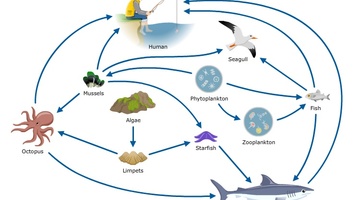
All living things depend on one another to live. Animals eat plants and/or animals to survive. Food webs describe the feeding connections between organisms in an ecosystem. The three main groups ...
READ MORE

There are over 100 poisonous plants in New Zealand. As children grow up, they often come into contact with plants that have poisonous properties. However, children usually don’t eat enough of a ...
READ MORE

Marine toxins are naturally occurring chemicals that can contaminate certain seafood. Naturally occurring toxins are produced by phytoplankton and move through the food web when zooplankton, fish ...
READ MORE
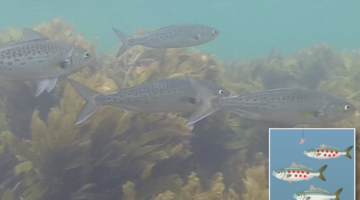
In this activity, students model bioaccumulation of toxins in marine animals. They participate in a food web game where feeding decisions determine their survival. By the end of this activity ...
READ MORE
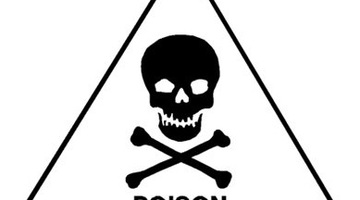
In this activity, students learn about toxins and poisons and research what’s poisonous in New Zealand. By the end of this activity, students should be able to: describe how at least one ...
READ MORE
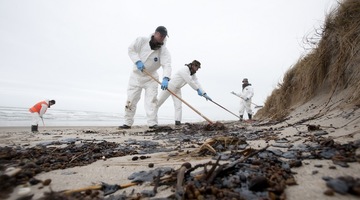
In this activity, students consider short-term and long-term responses to an environmental disaster such as the Rena. By the end of this activity, students should be able to: describe what might ...
READ MORE
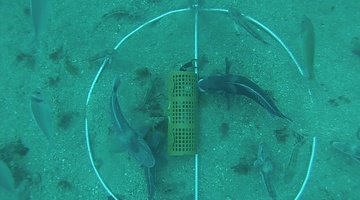
Come and visit Aotearoa New Zealand’s underwater world in this online citizen science project. Discover, count and identify unique fish species that live within our marine reserves ...
READ MORE
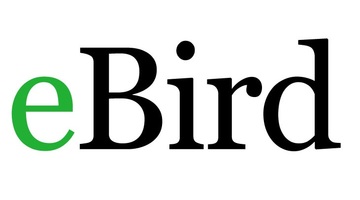
This comprehensive worldwide online citizen science (OCS) project collates bird species, numbers, locations and times of sightings into a large database. You can create a class as a user and, by ...
READ MORE
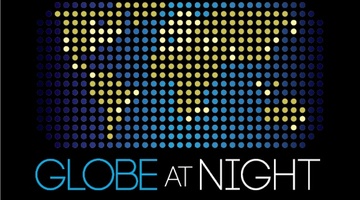
Globe at Night is an international citizen science campaign to raise public awareness of the impact of light pollution by inviting citizen scientists to measure and submit their night sky ...
READ MORE

Students carry out a practical investigation to help AgResearch scientists monitor the spread of Microctonus aethiopoides (a tiny wasp) and its success as a biocontrol agent for clover root ...
READ MORE
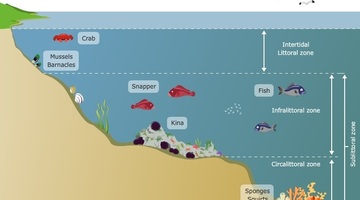
The rocky shore is a popular topic in primary school science. Below are some Science Learning Hub resources for primary teachers related to the rocky shore in the Living World strand of the New ...
READ MORE
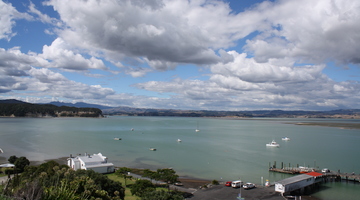
With 75% of New Zealanders living within 10 km of the coast, many students will be familiar with estuaries. In scientific terms, estuaries are the interface between the land and the sea – the ...
READ MORE
Paul McNabb of the Cawthron Institute in Nelson describes the system they use to monitor shellfish safety. He explains how toxins are detected in shellfish using liquid chromatography-mass ...
READ MORE
Paul McNabb provides a short explanation on how an LC-MS functions.
READ MORE
Dr Susie Wood of the Cawthron Institute in Nelson talks about how toxic grey side-gilled sea slugs are. She explains that not all these sea slugs are toxic. It seems that North Island slugs are ...
READ MORE

This interactive demonstrates bioaccumulation of marine toxins. It shows how toxins move through a marine food web.
READ MORE
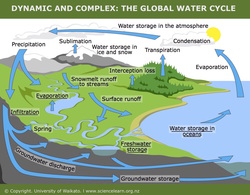
Water in the Earth system is influencing all aspects of life on Earth. Pathways, storage, transfers and transformations have an effect on the global climate and human welfare. Within this ...
READ MORE
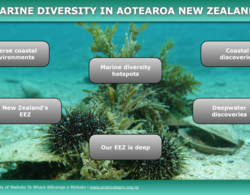
Aotearoa New Zealand is a hotspot for marine diversity.
READ MORE